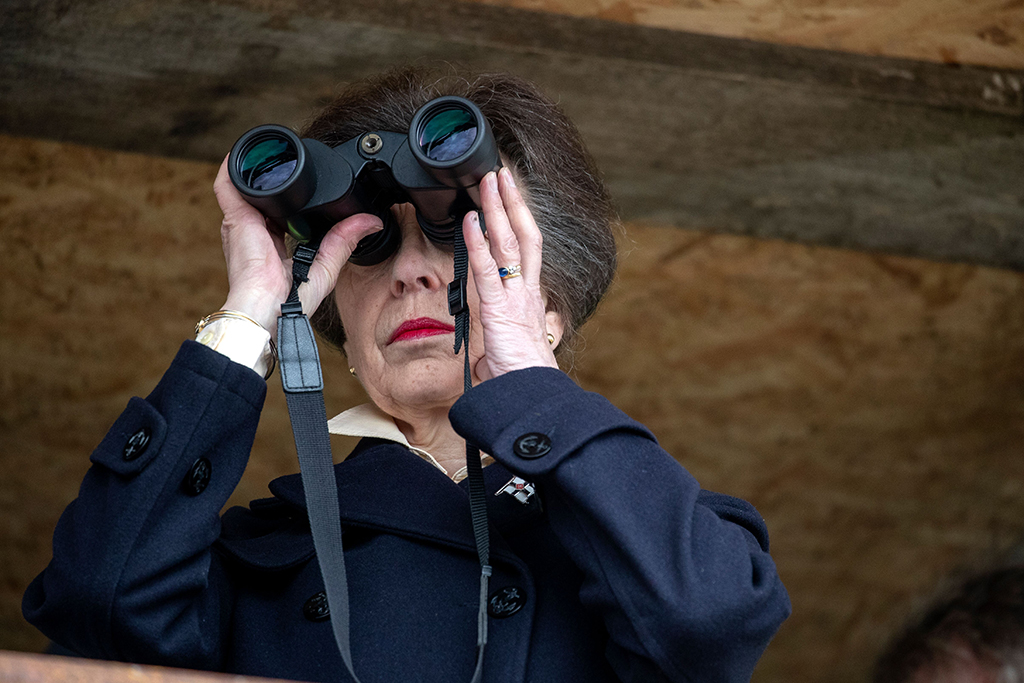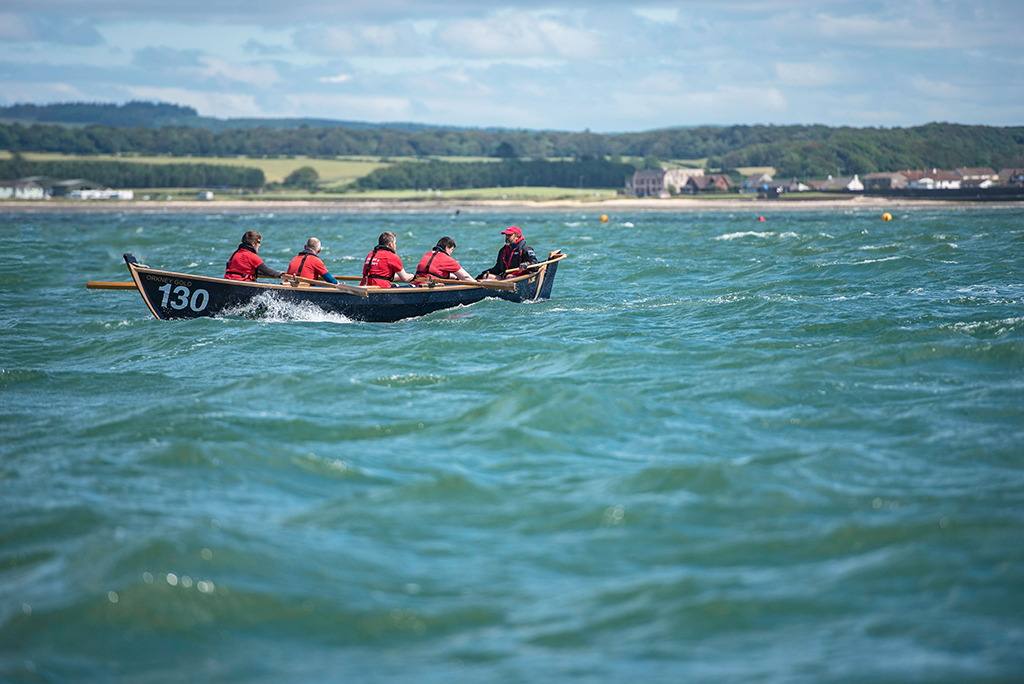
Stranraer hosted the SkiffieWorlds 2019 event
Coastal rowing takes ‘row row row your boat’ to a whole new level as it demands an extreme degree of bravery and determination to face adverse weather conditions.
Last weekend SkiffieWorlds 2019 took place in Stranraer and put 55 different coastal rowing clubs to the test of rowing their boat gently down the stream, or in this case, frantically across the sea.
After a series of races taking place during the week, first and second place were awarded to clubs from Northern Ireland, Dundrum and Sketrick respectively. Third place was awarded to the Edinburgh club ‘The Eastern’ from Portobello.
The club’s under-17 female team picked up silver in their race with 14- and 15-year-olds rowing. They nearly had teams racing in every category but were short of a couple of under-17 and under-19 boys. Overall The Eastern was ranked as the top Scottish club.
Scottish Coastal Rowing takes place in a four oared rowing boat that was inspired by the traditional skiff. It usually involves four rowers and a coxswain and is less delicate than a sliding seat rowing boat.
The SkiffieWorlds takes place every three years, each time in a different place. The first regatta took place in Anstruther in 2010 where the only six existing boats attended, all built by communities around Scotland. This year however, only the fourth time the event has run, there were 55 boats that took part.
This goes to show the growing popularity of the sport and how it has spread not only throughout Scotland but across the world. Although the bulk of the clubs in this year’s SkiffieWorlds were from around Scotland, there were a couple from Northern Ireland, several from the Netherlands and one from America, Tasmania and Canada.
The Eastern in Edinburgh was formed in 2015 and has grown rapidly ever since. The club built their first skiff ‘Skelf’ from scratch that year and then launched a second, ‘Sprite’ in May 2018.
Sean Watters who has been a keen member and fundamental part of developing the sport of coastal rowing in Scotland since its comeback 10 years ago. He said: ‘I’ve rowed in all the World Championships. I’ve been doing it since the very first regatta, and the 10th anniversary will be next May. I just sort of fell into it from the beginning.’
Sean explains that the main difference between coastal rowing and sliding seat rowing is that: ‘We go out in weather you wouldn’t go out in with normal rowing. At the World Championships on Friday and Saturday the wind was 20/25 mph gusting 30/35 and there were white caps and big waves. But they’re quite sturdy boats; they’re seaworthy rather than sleek.’

Princess Anne at SkiffieWorlds 2019 in Stranraer
Although Scottish coastal rowing was re-established in 2010 with the formation of the Scottish Coastal Rowing Association (SCRA), it was inspired by the discovery that the miners in Fife used to race and sail the boats they had built on the Forth. Despite appearing to have died out in the mid 1900s it was this tradition that encouraged Alec Jordan and the Museum Trustees to develop a new kit. Subsequently, there was a proposition that The Scottish Fisheries Museum should re-introduce coastal rowing to its original homeland: the Fife coast.
‘We’re based in Portobello and there used to be two clubs in Edinburgh. They eventually merged and then died out in the 80s so coastal rowing did exist as a sport with different types of boats, but it gradually faded out.’
Then, nearly 10 years ago the Scottish Fisheries Museum commissioned Iain Oughtred to create a design to reintroduce coastal rowing to the coast of Fife. The Scottish Coastal Rowing Project was subsequently launched by the Scottish Fisheries Museum with the additional help of Robbie Wightman, an enthusiastic rower in North Berwick.

This project was created with the intention of rekindling coastal communities and inspiring an interest in rowing and building boats. After the rapid increase in boats attending each World Championships and with over 200 boats being built around the world, it is safe to say that this project has been, and continues to be, a great success.
Another appealing aspect of Scottish coastal rowing is that it has a huge age range and accessibility. ‘The strongest age range is actually 40+/50+ and we also have young teens, so there is everyone rowing from 14 to 75.’ Although it requires a decent amount of training, those interested in picking up the sport need no previous background in rowing as The Eastern will show you the ropes (or the oars…).
Sean says: ‘We’ve got people who had never set foot in a boat before who have joined the club and taken to it; and we have people who were quite high level sliding seat rowers, so there’s a full range of people. But we very much have a club style so it’s all about rowing the same way. Anyone that comes to us is shown how we row and there’s a lot of training just to get the same technique.’
Being in a reasonably close proximity to the North Berwick coastal rowing club unsurprisingly brings its challenges. ‘We have a rivalry with them but a very friendly one; we’re very close in terms of the level that we’re at. At most regattas, if North Berwick is there as well then it is pretty competitive.’
There are several other competitions throughout the year in addition to the triennial World Championship competition. North Berwick holds a regatta towards the end of August that sends rowers around Craigleith rock and back. Ullapool also host a big one and in the summer there are often two or three regattas to choose from most weekends.
It is through friendly and competitive events like these that interest in this great sport continues to grow and spread not only in Scotland but also in other countries all over the world, even stretching as far as Australia. Whether this encourages you to try your hand at Scottish coastal rowing, or just to go along and watch, you too could be merrily rowing down the stream before long.
TAGS

